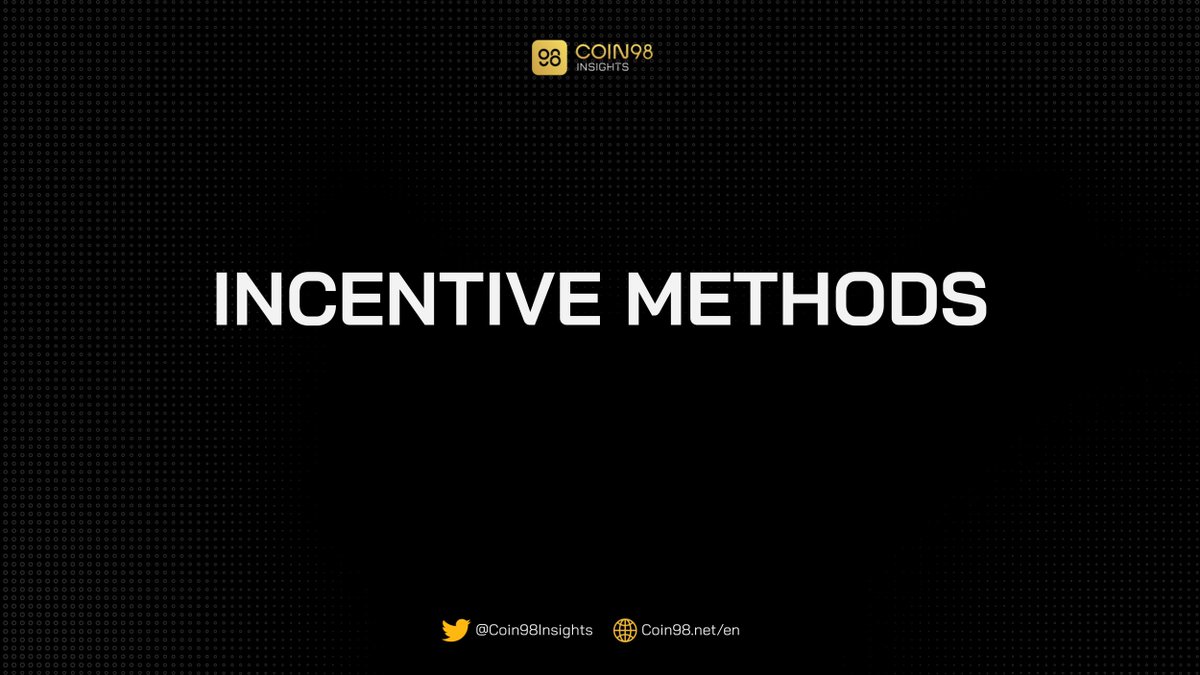1/ 90+ projects on top of zkSync are running
A token release is inevitable for @zksync since the L2 traction is increasing
A deep-dive thread🧵
#ZKRollups #zkSync @the_matter_labs
A token release is inevitable for @zksync since the L2 traction is increasing
A deep-dive thread🧵
#ZKRollups #zkSync @the_matter_labs
https://twitter.com/Coin98Analytics/status/1508228658410160130
2/ What will be covered?
• zkSync and Matter Labs
• zkSync Highlights
• Roadmap & Investors
• The Ecosystem: DeFi, Bridge, Stablecoin, Wallet, etc.
• @zksync Token?
• Future Outlook
• zkSync and Matter Labs
• zkSync Highlights
• Roadmap & Investors
• The Ecosystem: DeFi, Bridge, Stablecoin, Wallet, etc.
• @zksync Token?
• Future Outlook
3/ zkSync?
@zksync is an L2 scaling solution built by a German-based company @the_matter_labs
It solves the itching trilemma of #Ethereum while maintaining the blockchain’s security.
@zksync is an L2 scaling solution built by a German-based company @the_matter_labs
It solves the itching trilemma of #Ethereum while maintaining the blockchain’s security.

4/ Builders behind zkSync, Matter Labs
Founded in 2019 in Berlin, Germany.
@the_matter_labs released their first product, zkSync, in Summer 2020.
After 3 years of development, the company launched an EVM-compatible testnet of zkSync.
Founded in 2019 in Berlin, Germany.
@the_matter_labs released their first product, zkSync, in Summer 2020.
After 3 years of development, the company launched an EVM-compatible testnet of zkSync.

5/ zkSync Highlights
• L1 to L2 bridging takes <10 minutes, 30x-100x cheaper fee
• Matter Labs raised $258M from high-profile investors
• Transaction fee is around $0.1
• TVL: $100M+ (used to x2 in a week)
• TX fee: $0.08
• L1 to L2 bridging takes <10 minutes, 30x-100x cheaper fee
• Matter Labs raised $258M from high-profile investors
• Transaction fee is around $0.1
• TVL: $100M+ (used to x2 in a week)
• TX fee: $0.08

6/ Roadmap w/ concrete goals
• December 2019: ZK Sync v0.1 Testnet
• June 2020: Mainnet version of @zksync
• August 2020: zkSync 1.1
• May 2021: zkSync version 1.x
• June 2021: zkEVM Testnet.
• February 2022: zkSync 2.0 Public Testnet
• December 2019: ZK Sync v0.1 Testnet
• June 2020: Mainnet version of @zksync
• August 2020: zkSync 1.1
• May 2021: zkSync version 1.x
• June 2021: zkEVM Testnet.
• February 2022: zkSync 2.0 Public Testnet

7/ Matter Labs' funding
• September 2019: $2M from Hashed, Dragonfly Capital, etc.
• February 2021: $6M from Binance, Coinbase Ventures, etc.
• November 2021: $50M from a16z, etc.
• January 2022: a $200M DAO to fund projects on @zksync
• September 2019: $2M from Hashed, Dragonfly Capital, etc.
• February 2021: $6M from Binance, Coinbase Ventures, etc.
• November 2021: $50M from a16z, etc.
• January 2022: a $200M DAO to fund projects on @zksync

8/ zkSync Ecosystem
• TVL $100M+, ranks 7th among L2s
• 90+ projects in the zkSync ecosystem.
• Many Testnets (airdrop?)
• TVL $100M+, ranks 7th among L2s
• 90+ projects in the zkSync ecosystem.
• Many Testnets (airdrop?)

9/
• DEX: @1inch, @ZigZagExchange, Mute
• Lending: @iearnfinance, Taker Protocol
• DAO: Olympus, @zkdao_official, Aragon, etc.
• Wallet: 10+ apps
• 12+ Bridges
• DEX: @1inch, @ZigZagExchange, Mute
• Lending: @iearnfinance, Taker Protocol
• DAO: Olympus, @zkdao_official, Aragon, etc.
• Wallet: 10+ apps
• 12+ Bridges

11/ Future Outlook
• More adoption from top-tier protocols via zkEVM
• zkSync ecosystem will explode in 2022-2023 if it goes mainnet.
• The L2 race begins
➔Lots of underlying opportunities in zkSync 👀
#zkSync
• More adoption from top-tier protocols via zkEVM
• zkSync ecosystem will explode in 2022-2023 if it goes mainnet.
• The L2 race begins
➔Lots of underlying opportunities in zkSync 👀
#zkSync
• • •
Missing some Tweet in this thread? You can try to
force a refresh














